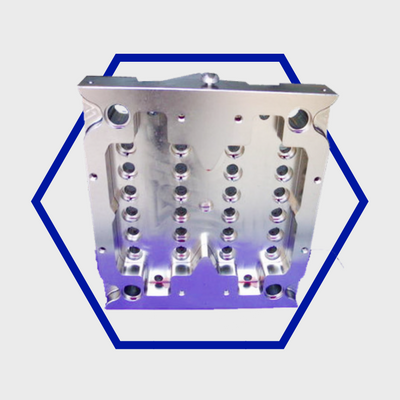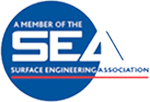Attributes of Electroless Nickel
.png)
.png)

Attributes of Electroless Nickel
Electroless Nickel Plating (or ENP for short) is an autocatalytic plating meaning that it forms through a chemical reaction to the metal. It’s used across a wide range of industries due to its core attributes of corrosion and wear resistance.
Uniform Coating
Intricate parts often have complex geometries with a lot of holes, threading, cleavages and bends. This is why Electroless Nickel is the ideal process of choice when protecting these components from rust and corrosion. The key advantage Electroless Plating has when compared to other processes is that it forms an even coating, even on an uneven surface.
Corrosion Barrier
As Electroless Nickel forms an even coating, it is ideal as a protective barrier for corrosion. Electroless Nickel Plating can use varying amounts of Phosphorus which in turn will affect how the coating performs. Lower levels of Phosphorus show advantages in alkaline environments where High Phosphorus performs well in protecting against acidic environments.
Wear Resistance
Types of wear include fretting, erosion, surface fatigue and abrasive wear. Electroless Nickel provides is an excellent coating in combating wear, in particular being effective against abrasive wear.
Microhardness
ENP compare favourably against its electro-deposited cousin. Typical Knoop Micro-Hardness ranges from 500 to 720. One key advantage of Electroless Nickel is the ability to heat treat components which in turn will increase hardness rivaling that of Hard Chrome. Typically components are heat treated at temperatures ranging between 345°C - 400°C.
What We Offer
Silchrome offer both Medium and High Phosphorus Electroless Nickel Plating. All of our plating is carried out in house at our production facility in Leeds.




